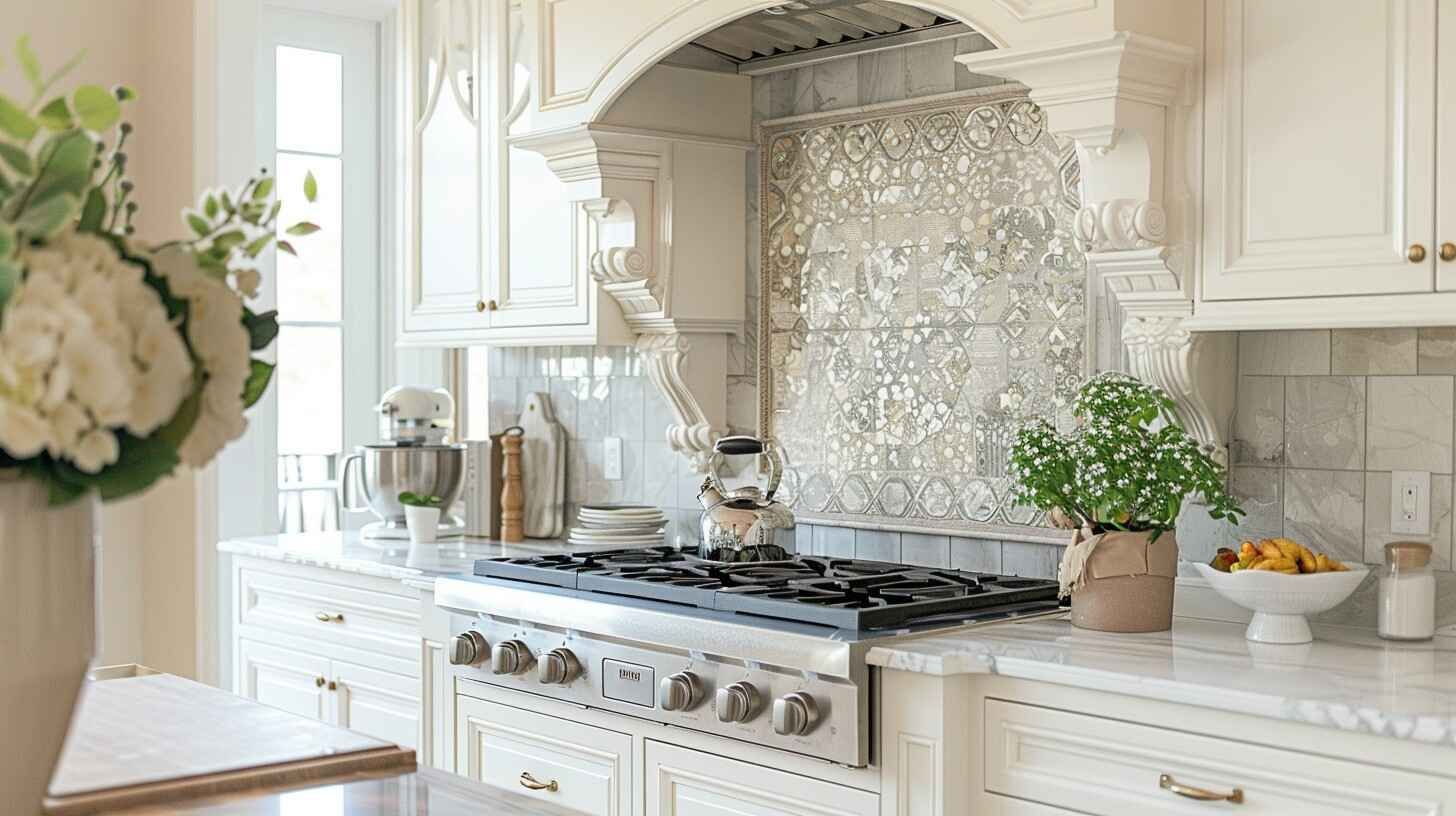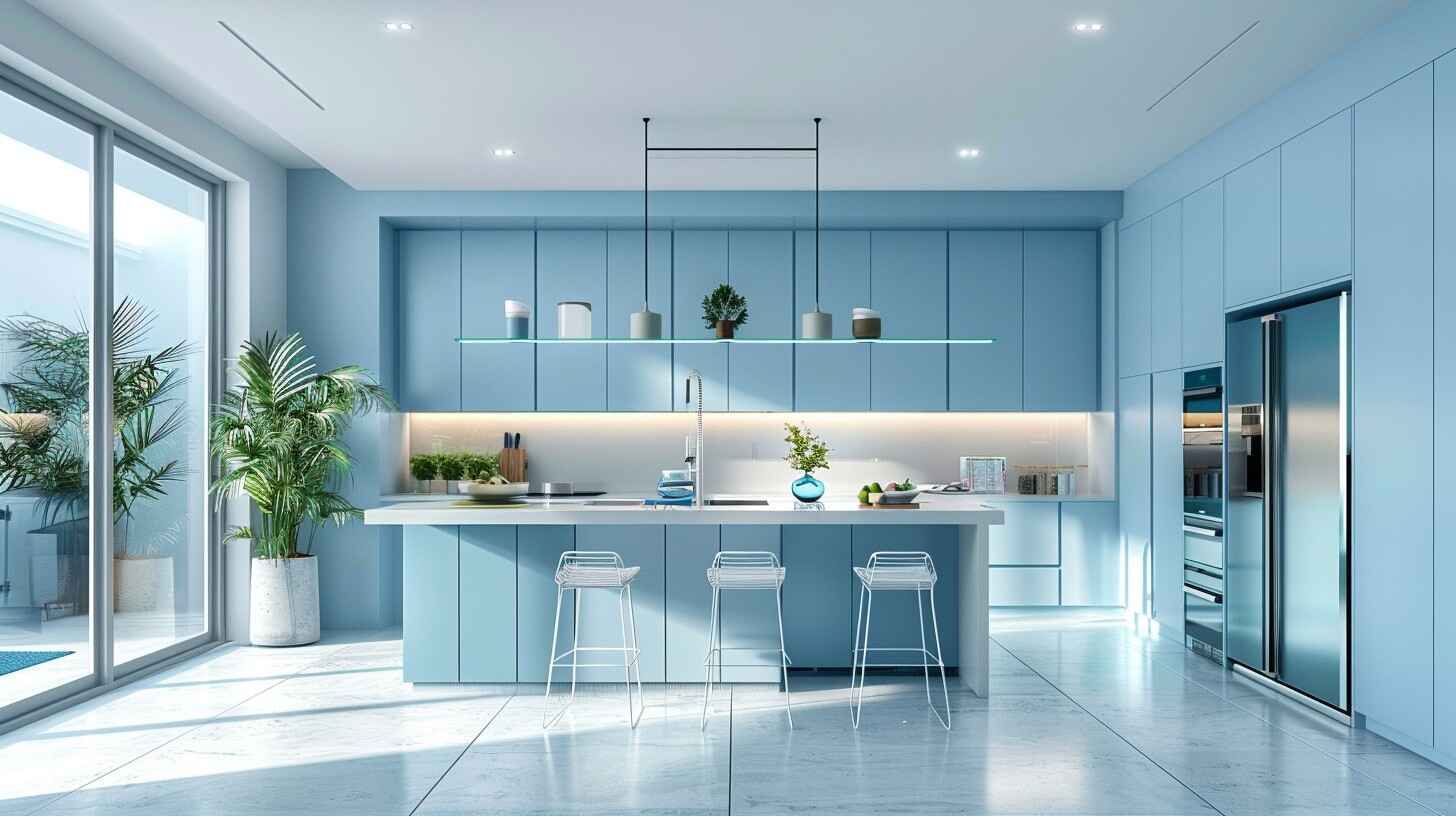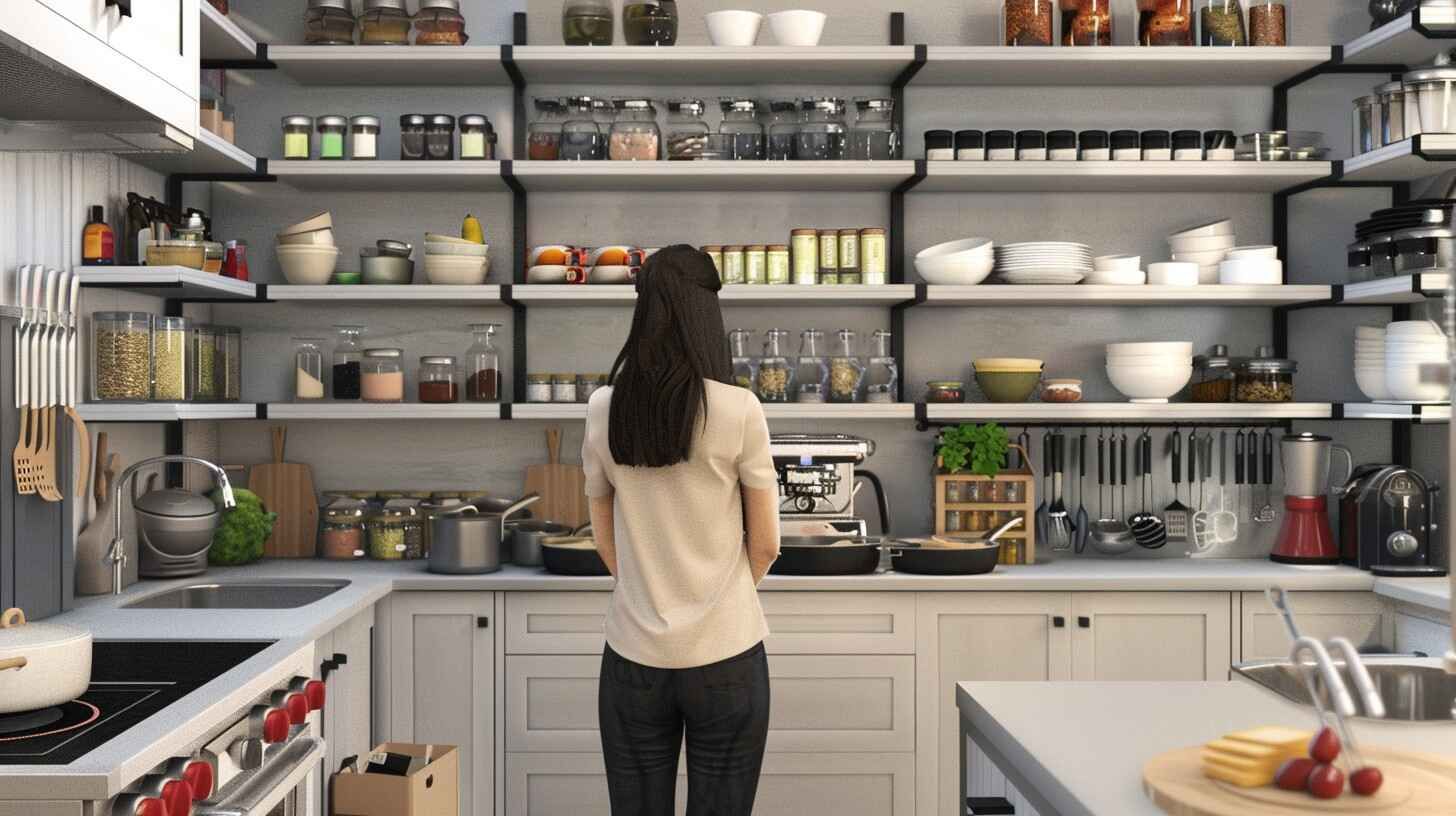Practical Tips On How To Survive a Kitchen Remodel?

Survive a kitchen remodel by meticulously planning the project, setting up a temporary kitchen area, budgeting wisely, and coping with disruptions effectively. Establish a clear vision, consider functionality and budget, and research design styles. Create a makeshift kitchen with essential appliances and organized storage. Set a clear budget, prioritize needs over wants, and track expenses diligently. Maintain a positive attitude, communicate with kitchen renovation contractors, and focus on the end goal. These strategies will help you successfully navigate the challenges of a kitchen renovation.
Planning for Success
Meticulous planning is essential to guarantee a smooth and successful kitchen remodel. The initial step is to establish a clear vision of your desired outcome. Consider the functionality, aesthetics, and budget constraints. Create a detailed plan outlining the specific changes you wish to make, whether they involve layout modifications, appliance upgrades, or new cabinetry.
Once the vision is set, research is critical. Explore different design styles, materials, and appliances to ensure well-informed decision-making. It is beneficial to consult with professionals such as designers or contractors to gain valuable insights and recommendations.
Moreover, creating a detailed timeline is vital. Factor in lead times for ordering materials, appliance deliveries, and construction. Allow for some flexibility in the schedule, as unexpected delays can occur.
Lastly, establish a realistic budget. Consider all expenses for unforeseen issues, including labor costs, materials, permits, and contingencies. By meticulously planning every aspect of the kitchen remodel, you set the foundation for a successful and stress-free renovation experience.
Temporary Kitchen Setup
Setting up a functional temporary kitchen space during a remodel is essential to maintaining daily routines and meal preparation efficiency. To create an adequate temporary kitchen, start by designating a specific area in your home that is convenient and accessible. Utilize a folding table or spare countertop space to set up essential appliances like a microwave, toaster oven, and coffee maker. Organize your cookware, utensils, and pantry items in portable storage containers for easy access. Consider investing in a portable induction cooktop or electric skillet for stovetop cooking.
Maximize space using vertical storage solutions such as wall-mounted shelves or hanging racks for pots and pans. Keep cleaning supplies handy to maintain cleanliness in your temporary kitchen. Set up a makeshift dining area nearby for mealtimes. Stock up on disposable plates, cups, and utensils to minimize dishwashing. Lastly, maintain a positive attitude and embrace the temporary setup as an adventure in creativity. By following these tips, you can easily navigate your kitchen remodel and continue enjoying home-cooked meals throughout the process.
Budgeting Wisely
When starting a kitchen remodel, it is essential to approach budgeting wisely to ensure your project stays within financial constraints. Begin by setting a clear budget that includes a buffer for unexpected expenses that may arise during the renovation process. Research the costs of materials, labor, permits, and any additional services you may need to estimate the total expenses accurately.
To stick to your budget, prioritize your needs over wants. Focus on essential elements like structural repairs, appliances, and functional aspects of the kitchen before allocating funds to aesthetic upgrades. Consider alternative materials or layouts to help you achieve the desired look without overspending.
Another wise budgeting tip is to obtain multiple quotes from contractors and suppliers to compare prices and negotiate better deals. Keep track of all expenses and budget adjustments to ensure you are staying on target. By approaching budgeting with careful planning and flexibility, you can successfully navigate your kitchen remodel without breaking the bank.
Coping With Disruptions
Moving through the inevitable disruptions of a kitchen remodel requires strategic planning and adaptability. One practical way to cope with disruptions is to set up a temporary kitchen space in another part of your home. This can include using a microwave, toaster oven, and electric skillet for simple meals. Moreover, consider creating a makeshift washing station with a utility sink or large tub for dishes.
Communication with your contractors is critical to managing disruptions effectively. Stay in touch with them regularly to track the remodel's progress and promptly address any unexpected issues promptly. Setting a clear timeline for the project can also minimize disruptions by providing a structured plan for completion.
Lastly, maintaining a positive attitude and focusing on the result can help you cope with the chaos of a kitchen remodel. Remember that the temporary inconvenience will lead to a beautiful and functional space you can enjoy for years.
Other Kitchen Remodeling ideas:



